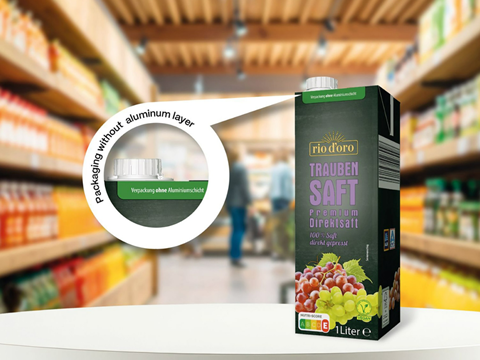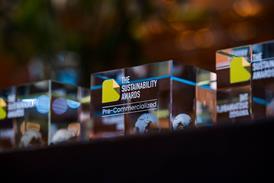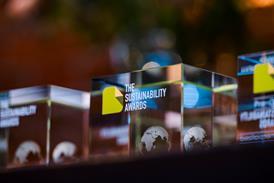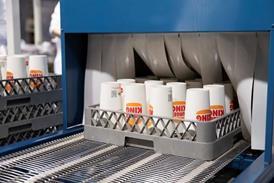
SIG has launched its first 1-litre aseptic carton packs made of SIG Terra alu-free and full barrier packaging material, utilized by ALDI for its Rio d’oro grape juice in parts of Germany.
ALDI is due to offer its own brand Rio d’oro grape juice in the new cartons, said to reduce the carbon footprint of conventional multi-serve cartons by 29%. The products are produced and filled at the Italian beverage and food producer Quargentan using its existing SIG Midi 12 Aseptic filling machine.
SIG says its Terra alu-free + full barrier solution offers the same full barrier protection as standard SIG aseptic carton material and the same shelf life of up to 12 months. The packaging material is available globally at scale and can run seamlessly on existing SIG filling lines, including high-speed capabilities of up to 24,000 packs per hour for small-size cartons and 15,000 packs per hour for multi-serve formats.
According to SIG, the new packaging material is made from more than 80% paper and replaces the aluminum layer with an ultra-thin polymer coating that protects products against oxygen, light, moisture, and aroma loss. The company claims this cuts the number of raw materials from three to two and can lower the carbon footprint of multi-serve aseptic SIG cartons by up to 61% when combined with forest-based polymers, without compromising full barrier function, shelf life or filling line performance.
SIG first introduced the packaging format back in May, aiming to provide the solution at scale to customers worldwide. SIG plans to gradually roll out the new solution to all flagship aseptic carton formats in both small-size and multi-serve, suitable for all beverage and dairy categories.
Last month Elopak, Orkla Home and Personal Care (OHPC) and Dow announced a new line of cartons containing a mix of recycled polyethylene and bio-circular (renewable) polymers. The cartons are made from responsibly sourced paperboard and coated with thin layers of polymers, with the plastic layer initially containing 10% post-consumer circular polyethylene (PE).
If you liked this story, you might also enjoy:
The ultimate guide to the Packaging and Packaging Waste Regulation in 2025
How are the top brands progressing on packaging sustainability?
Everything you need to know about global packaging sustainability regulation in 2025
The key to increasing the use of reusable packaging in supermarkets


















No comments yet